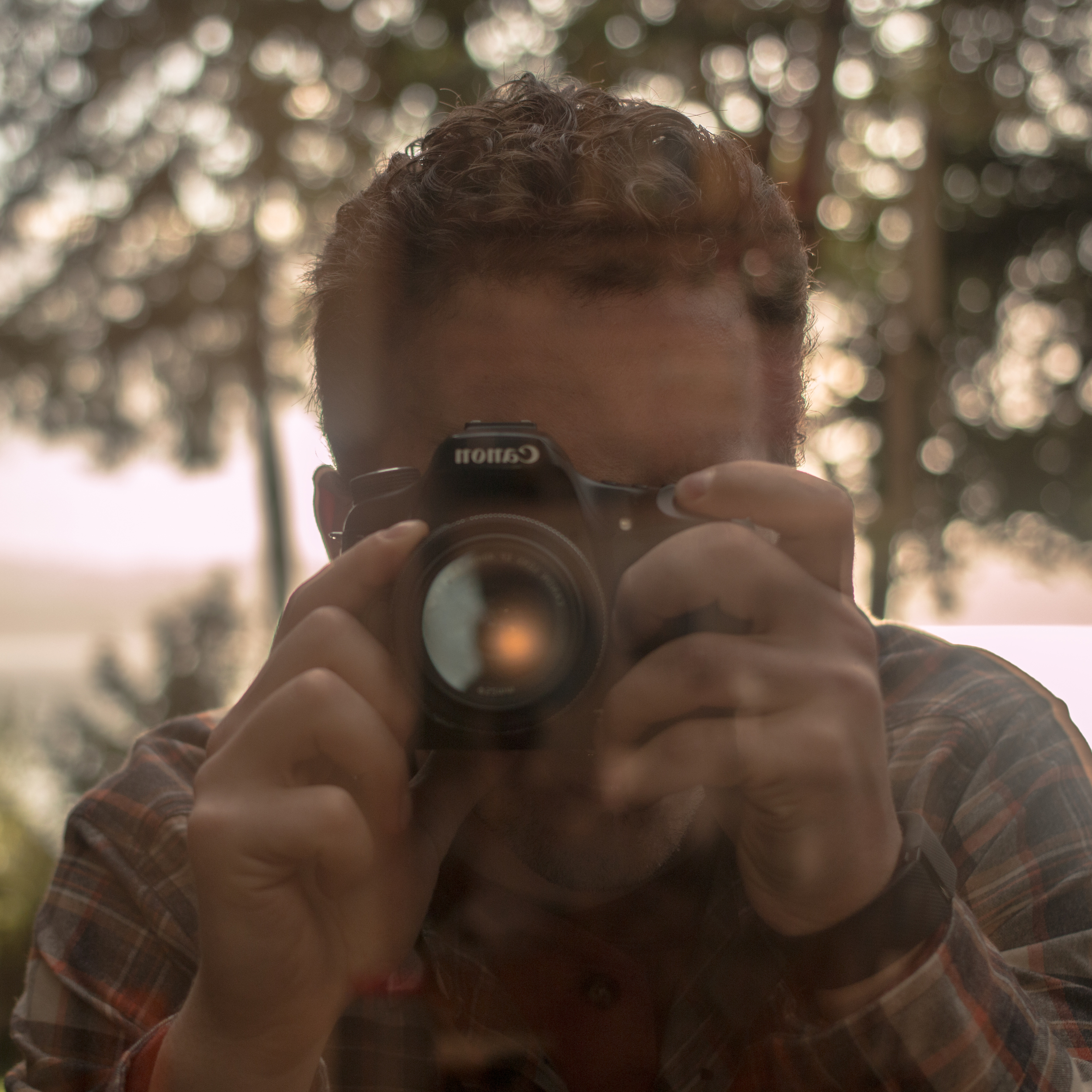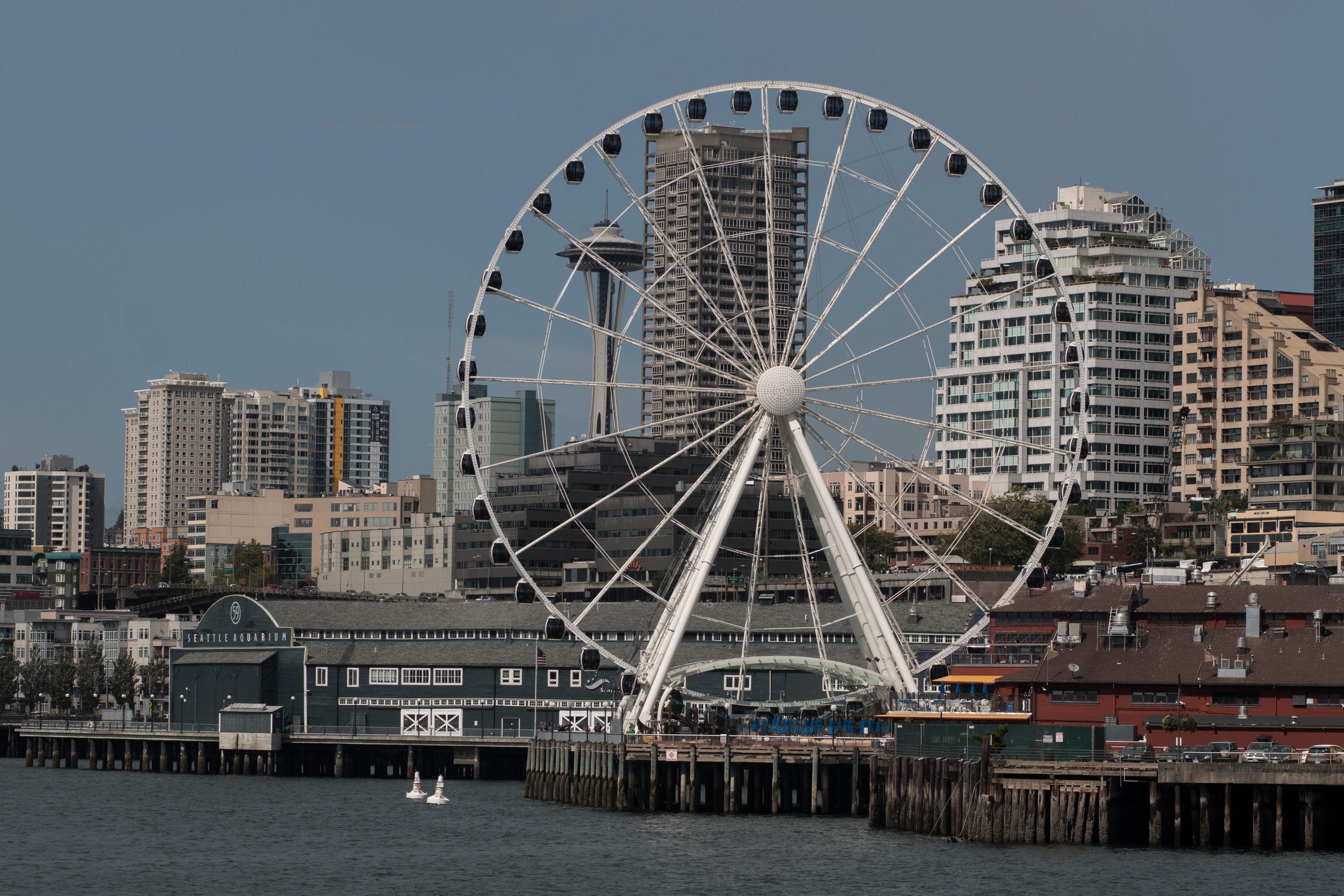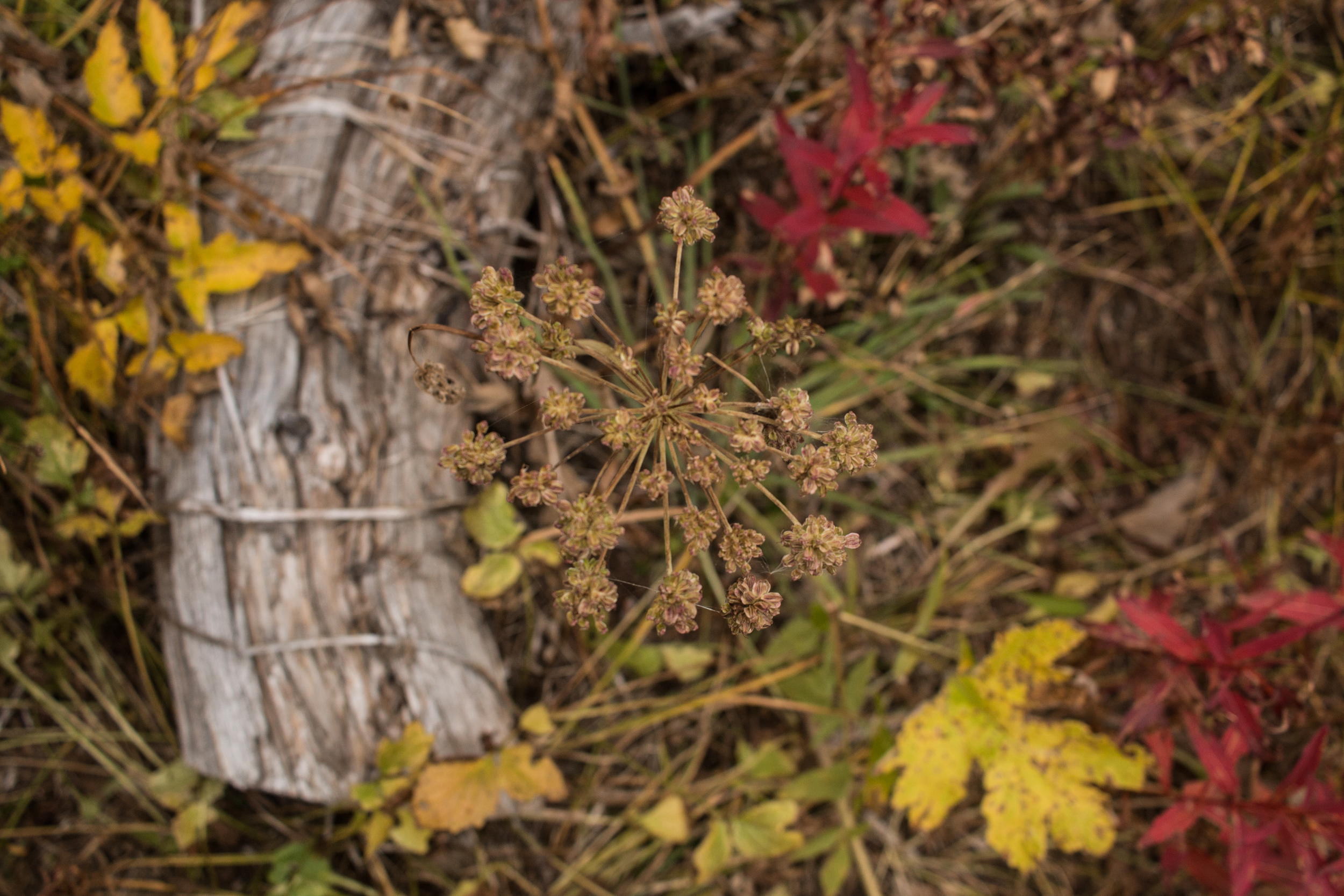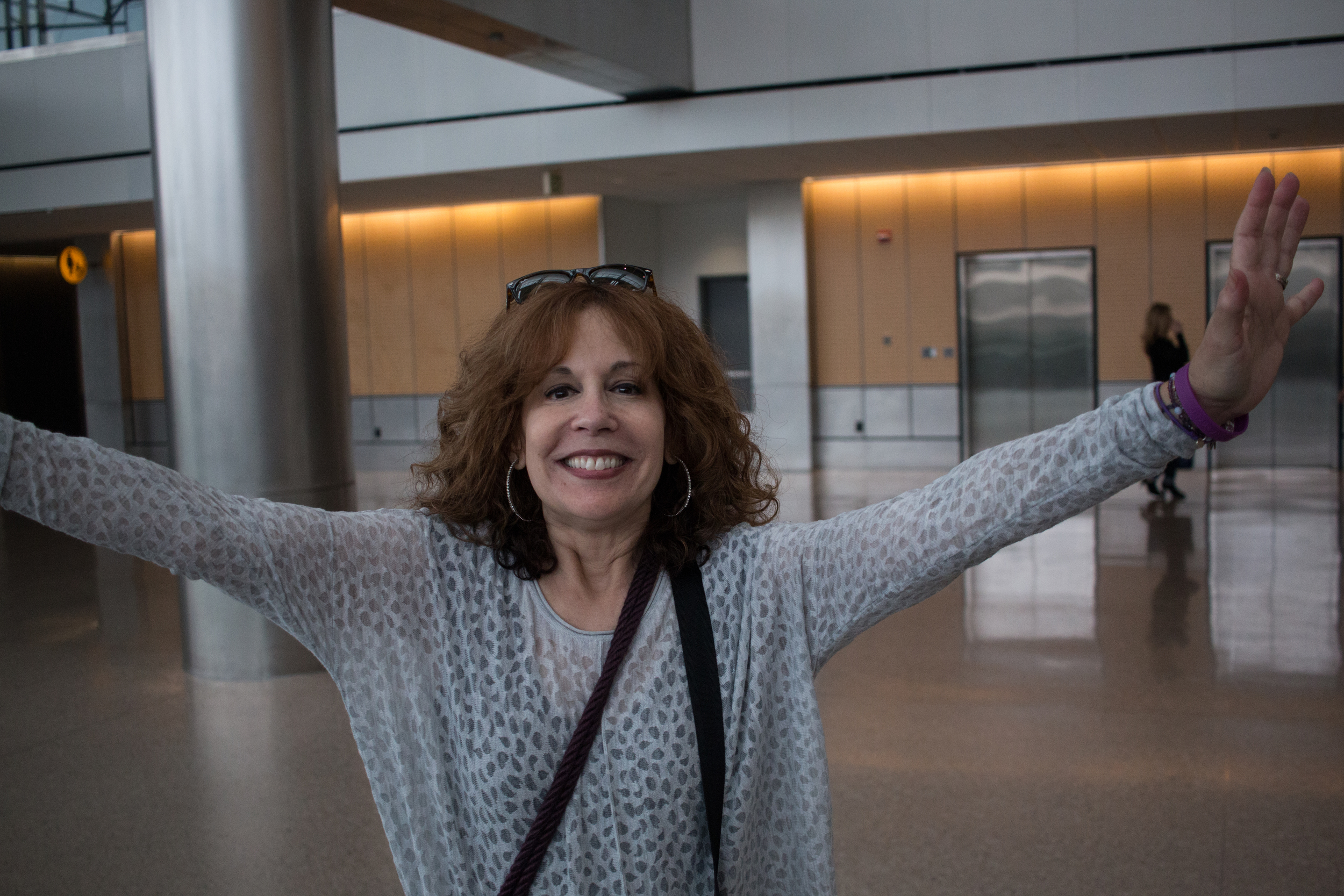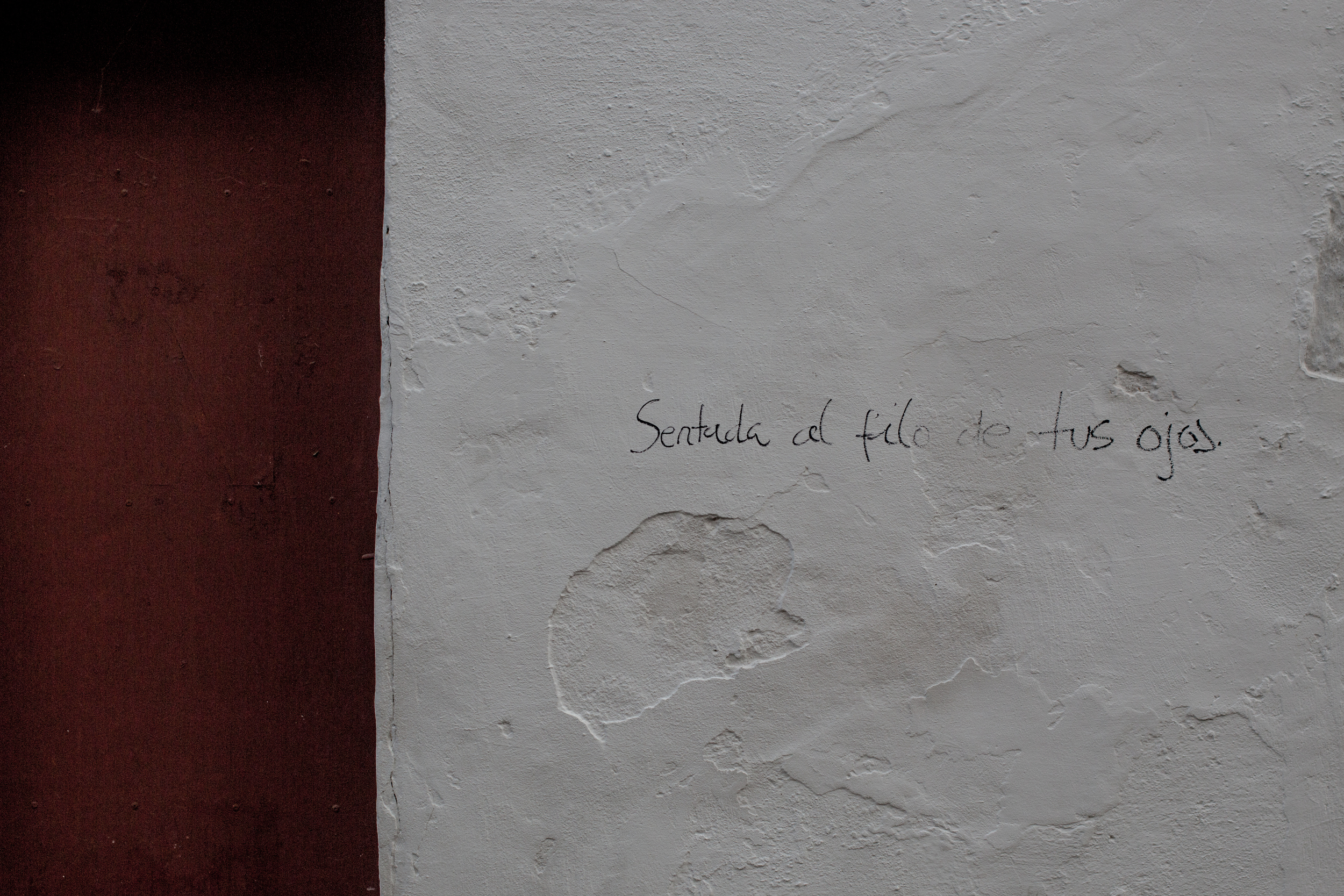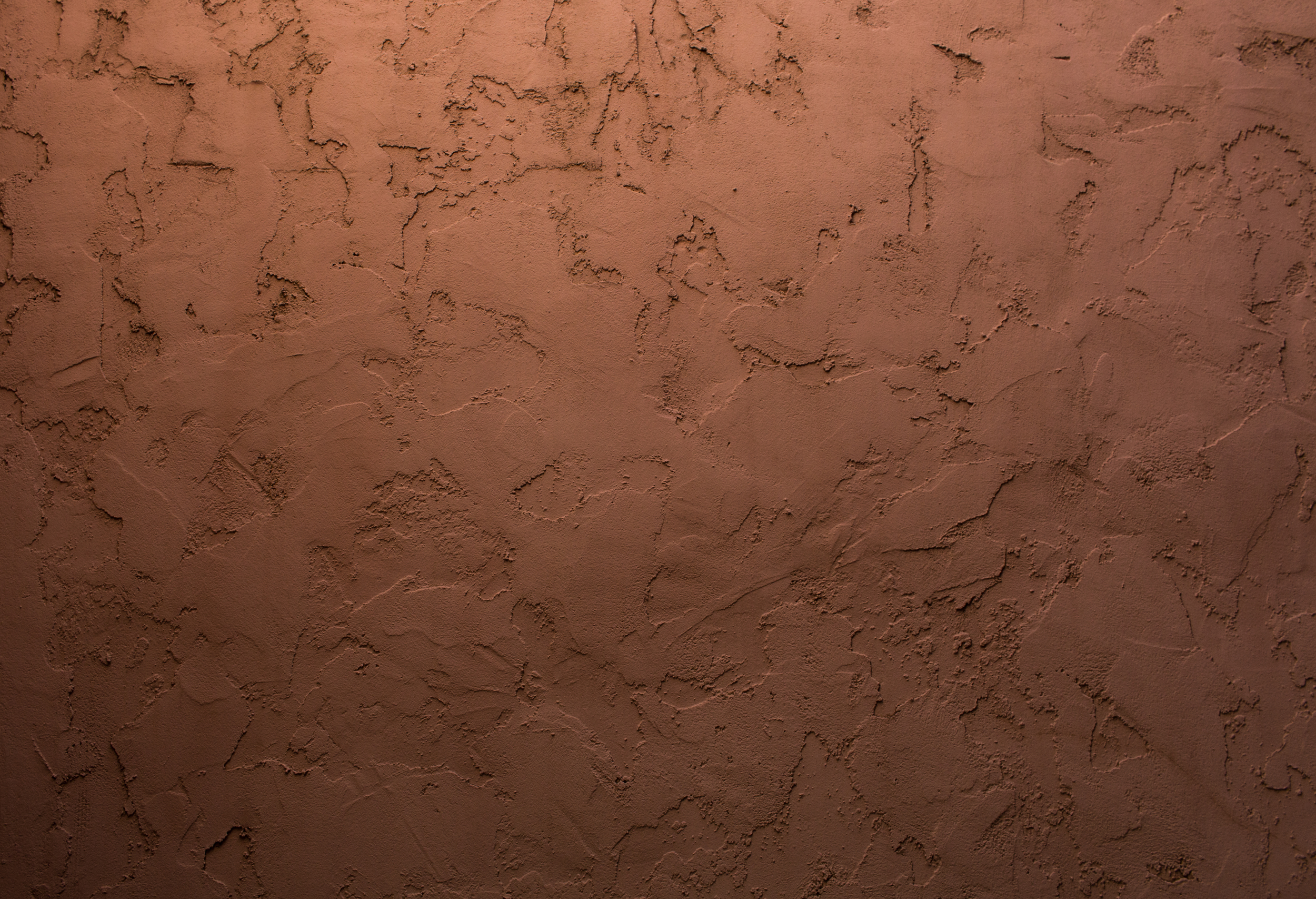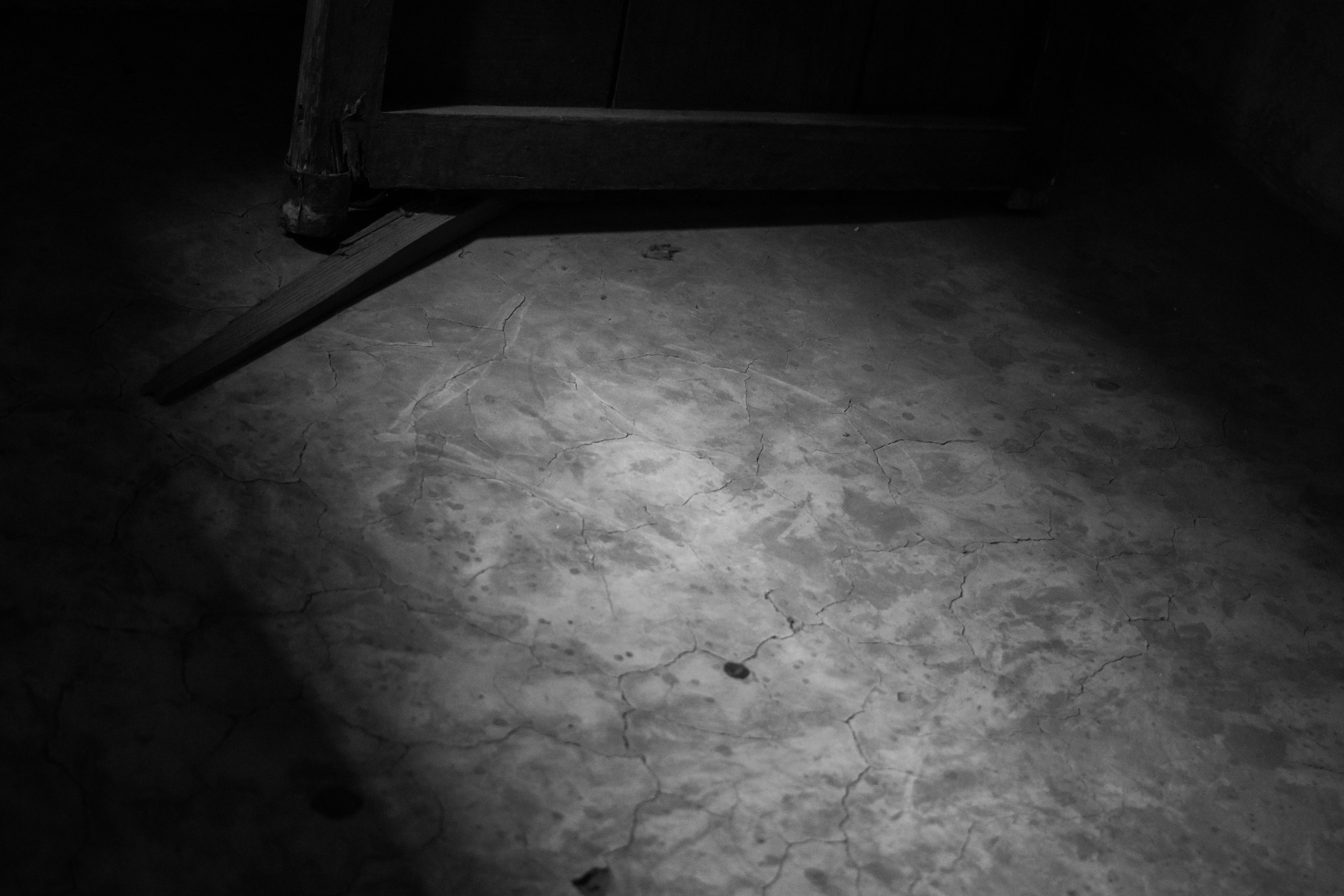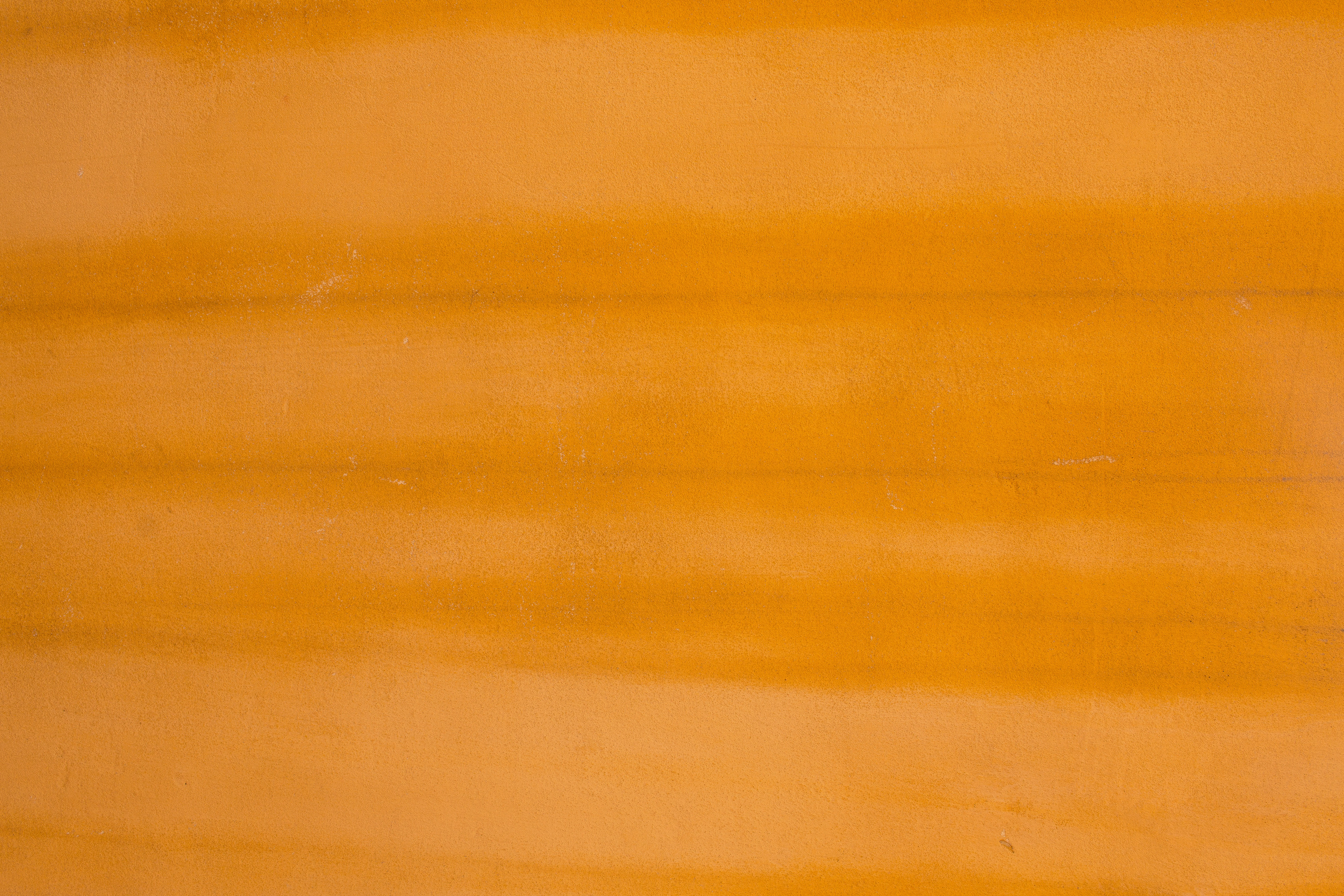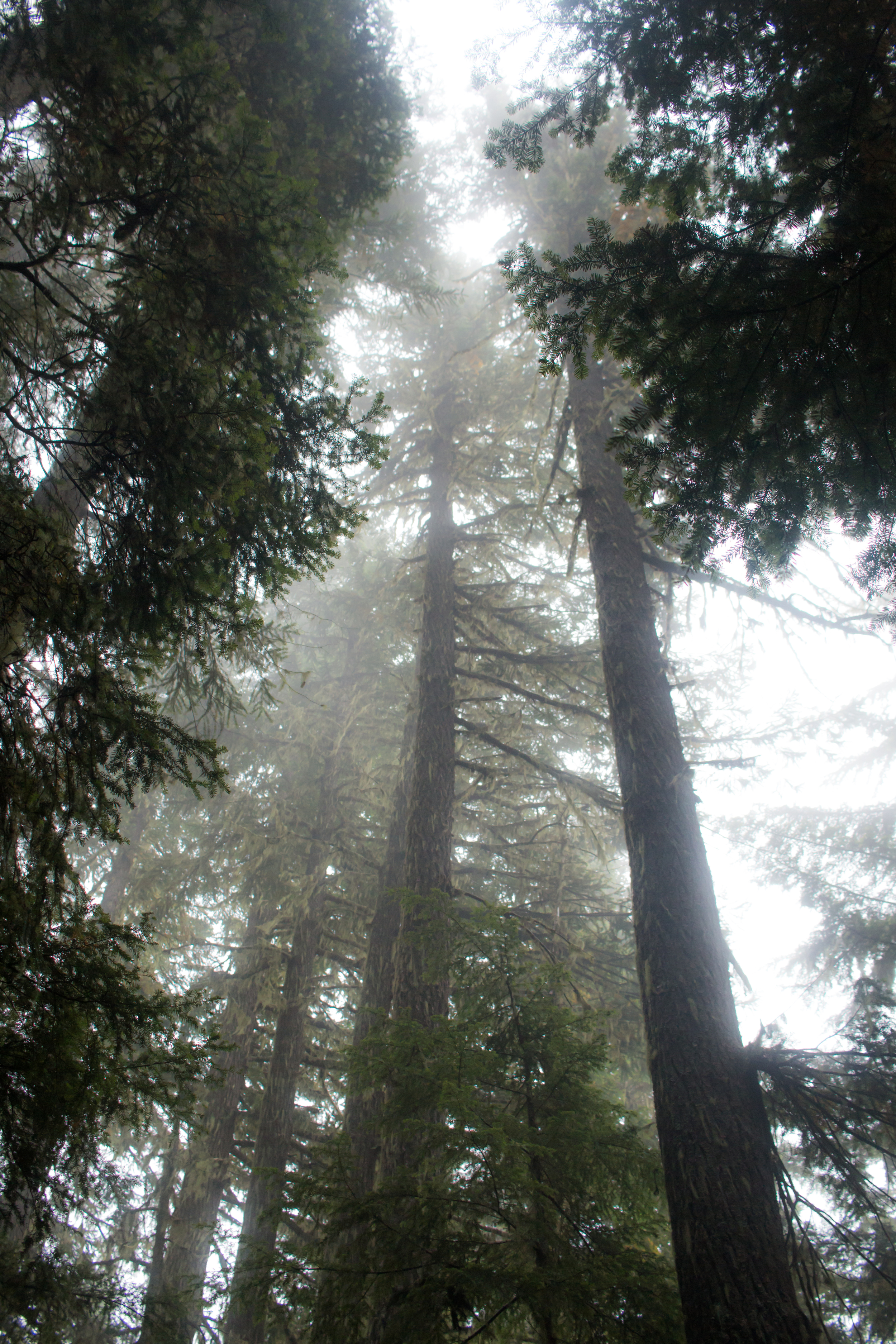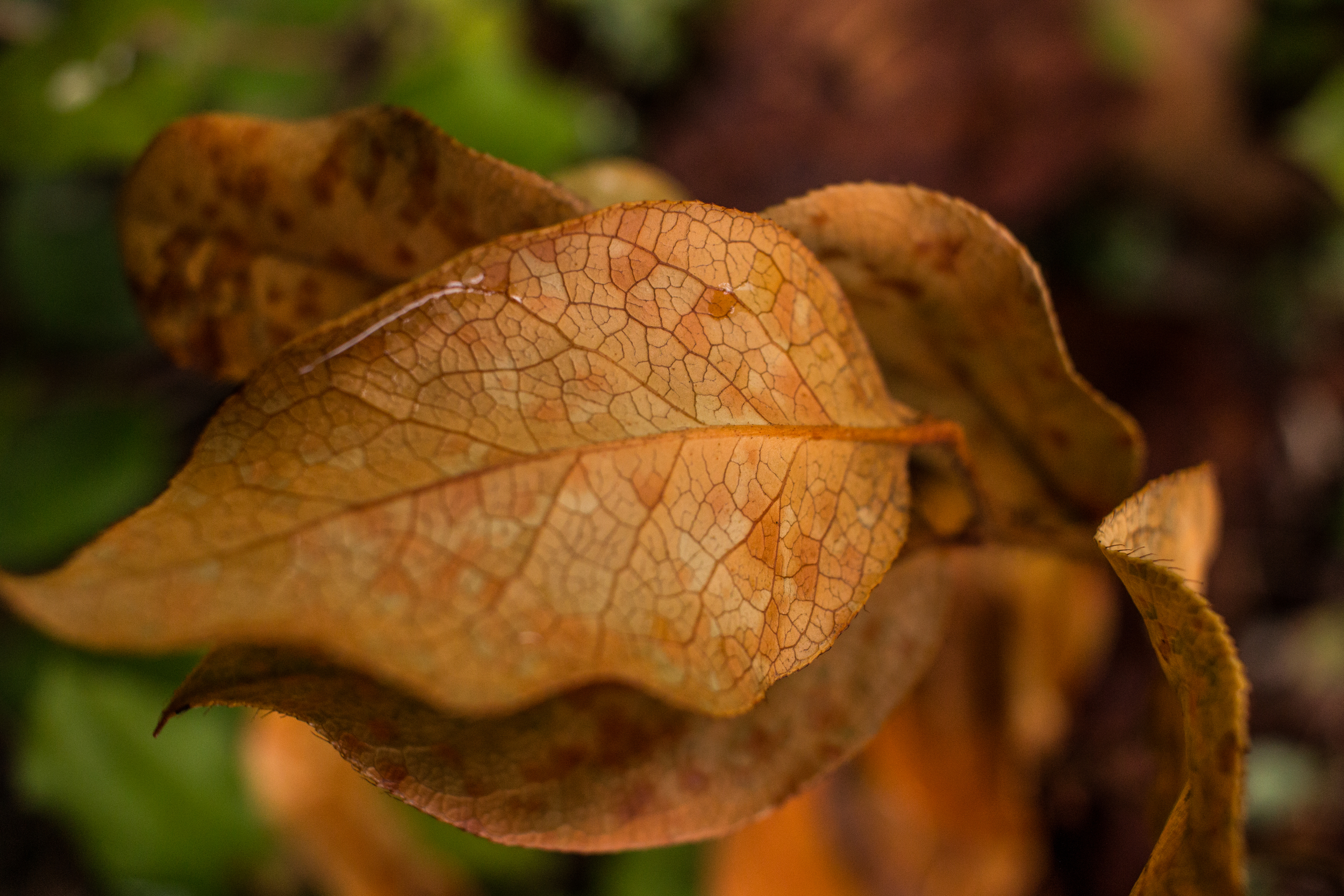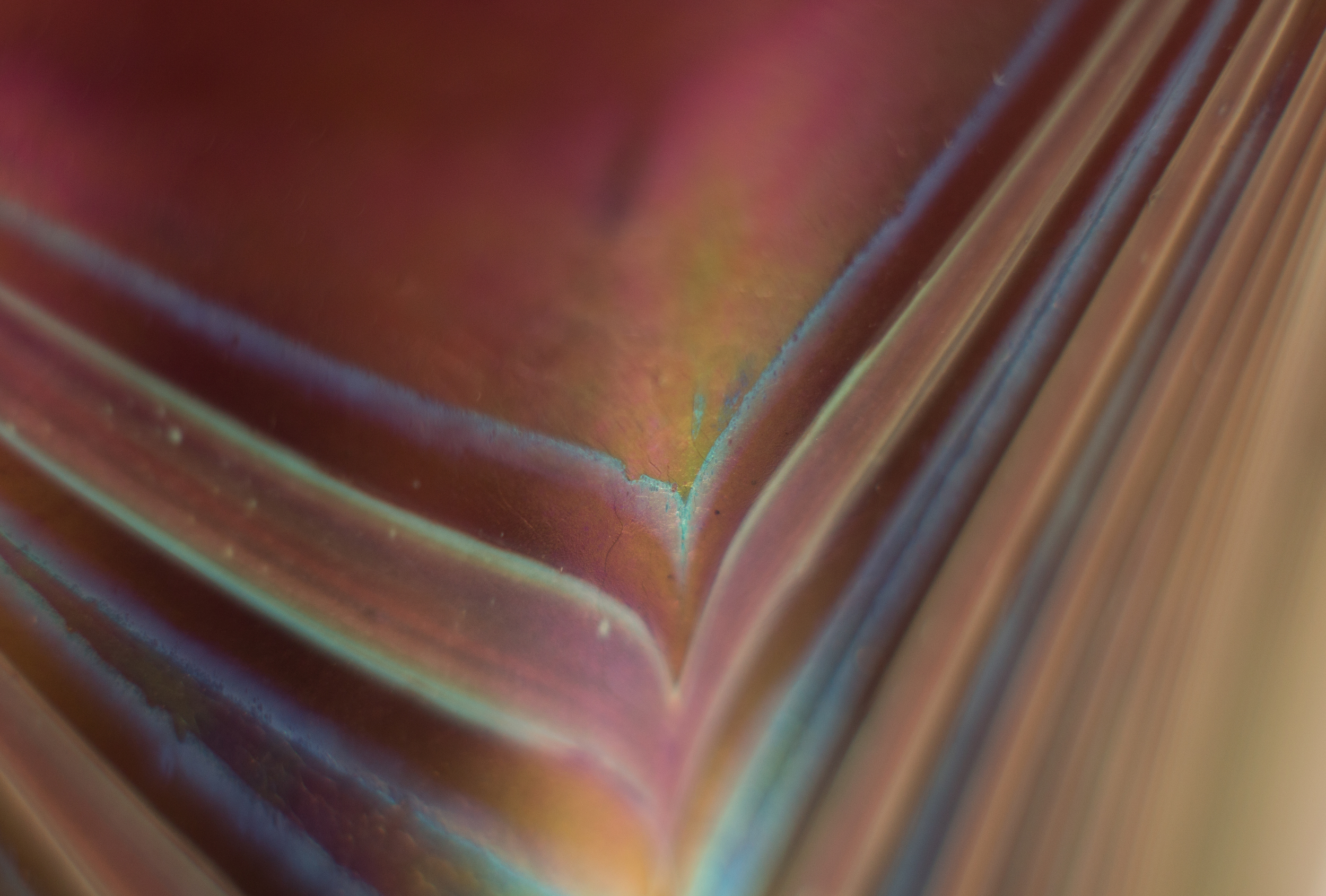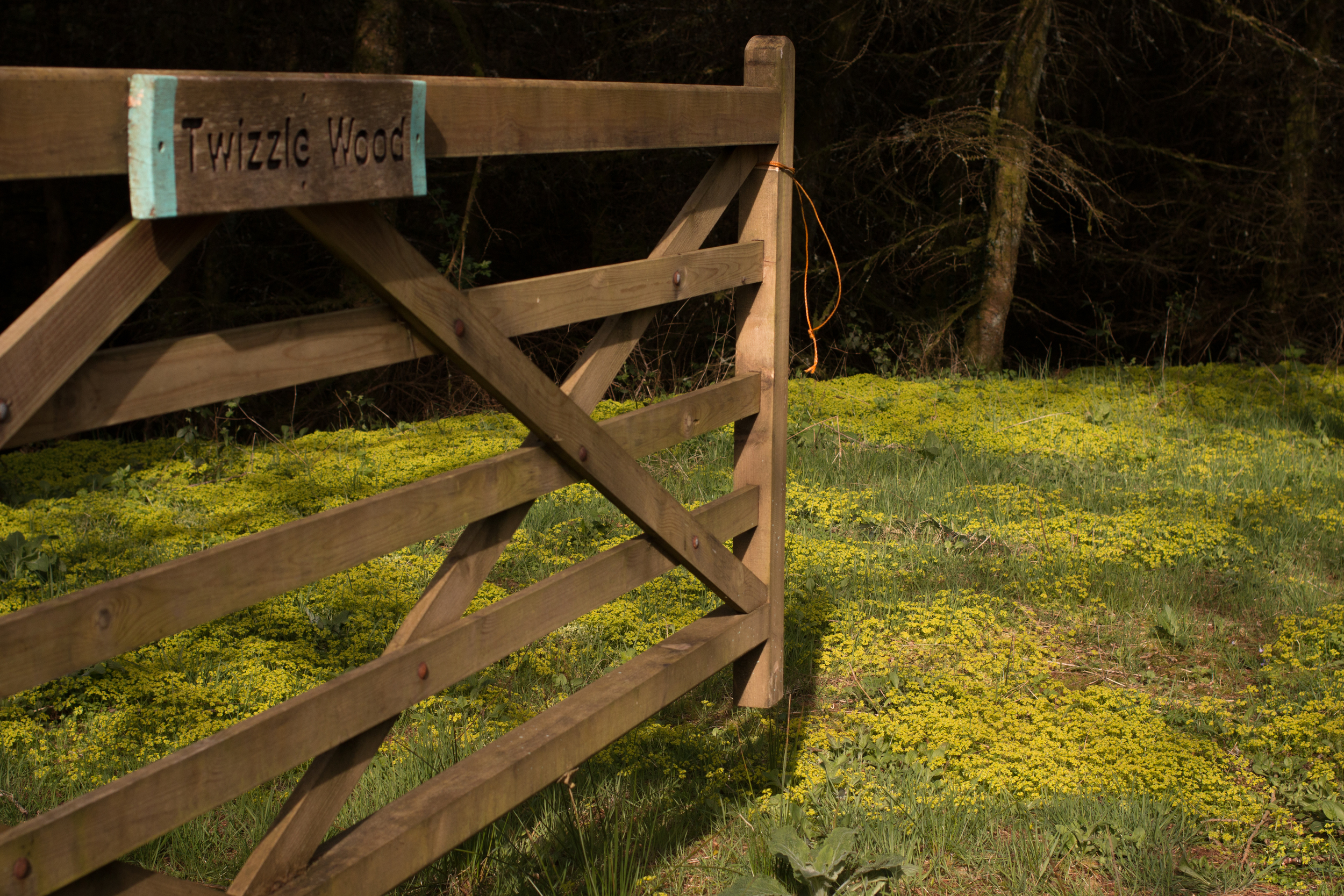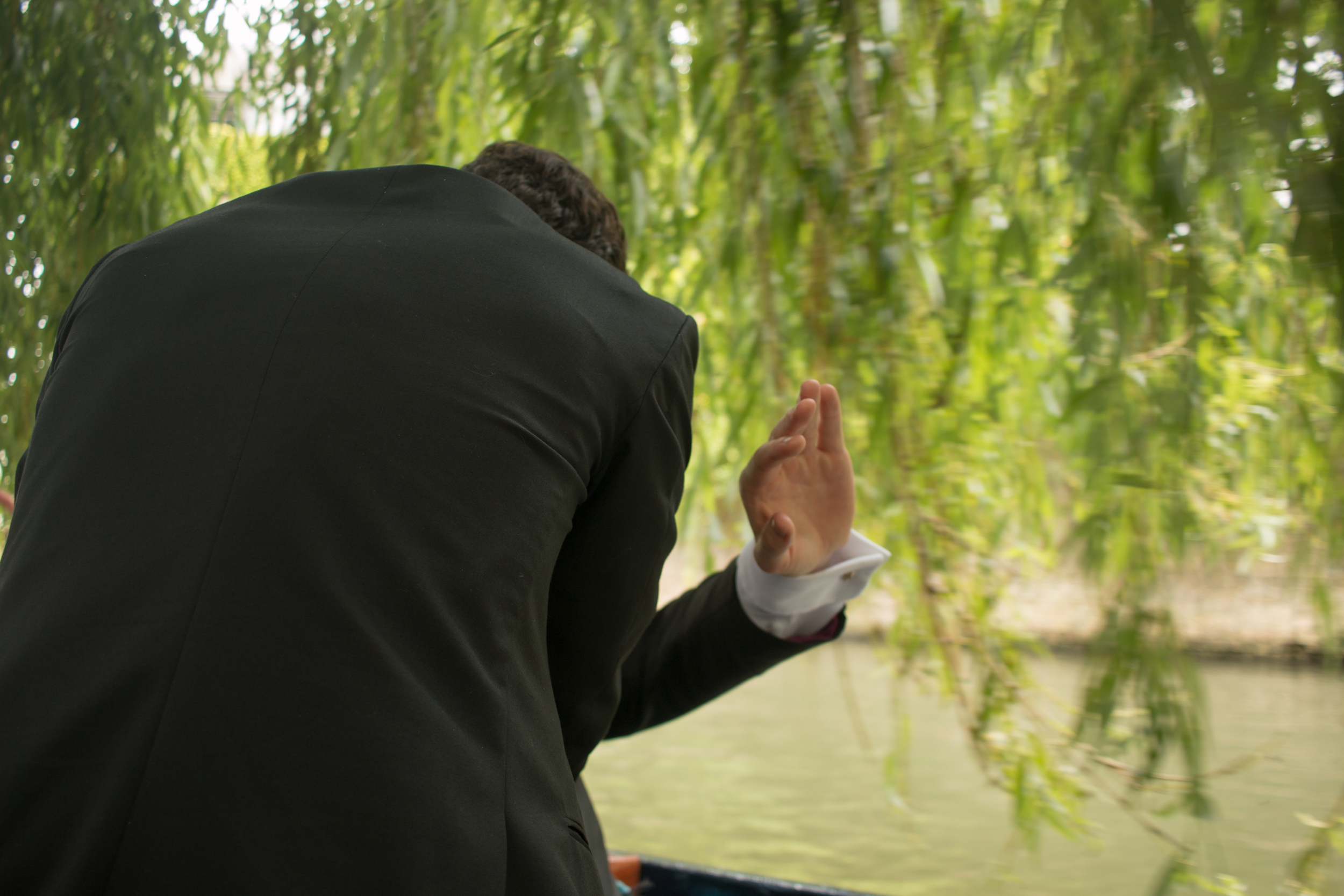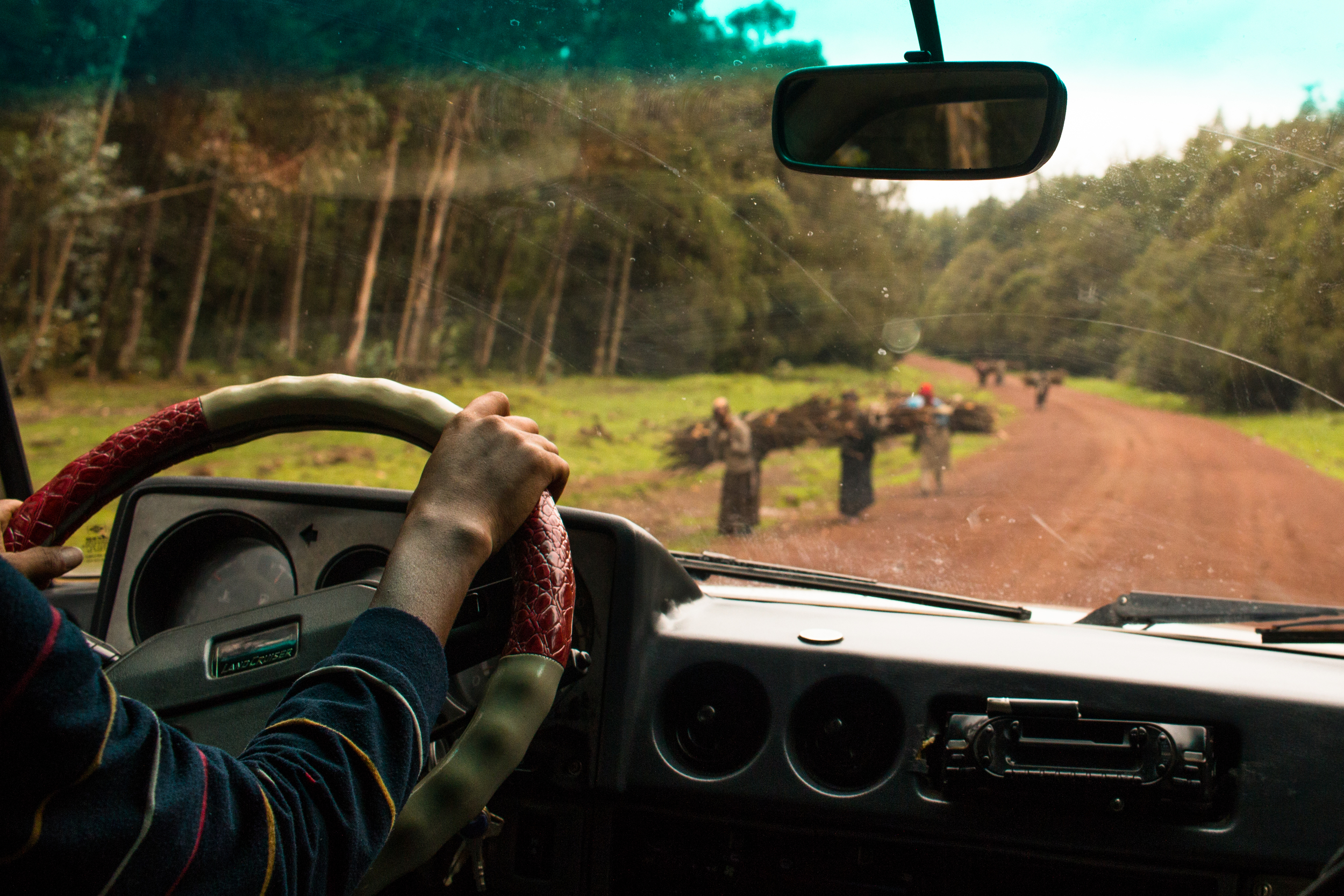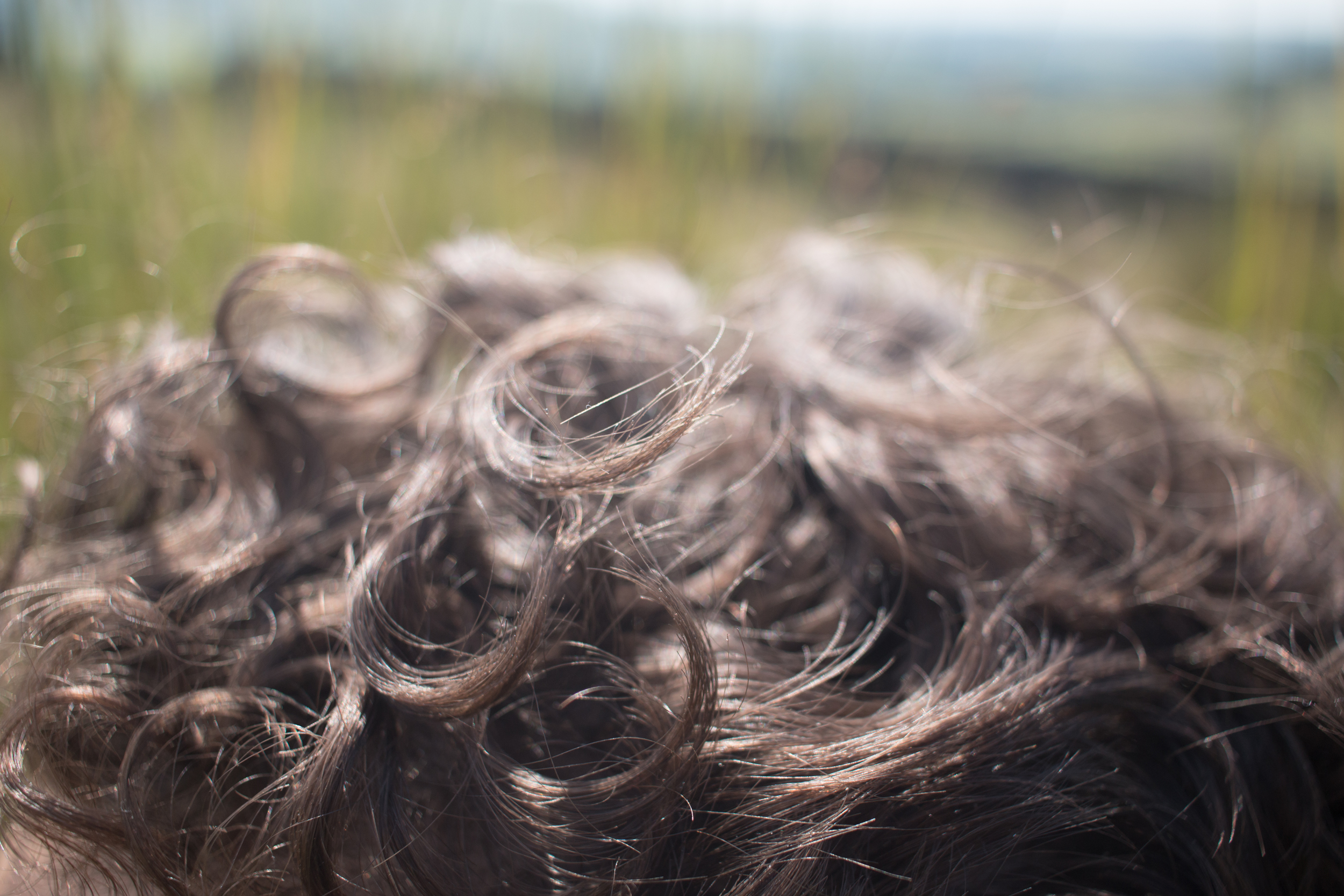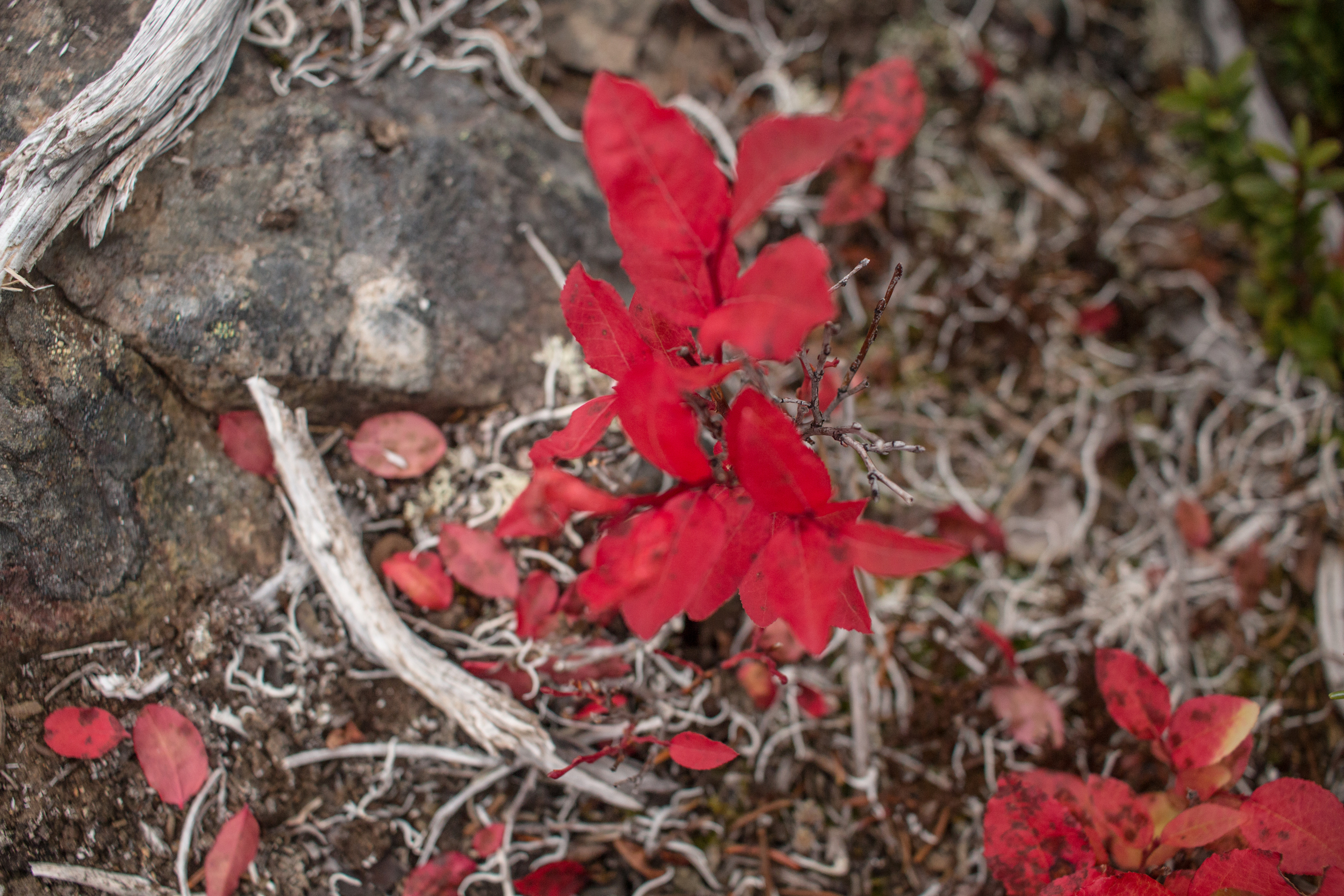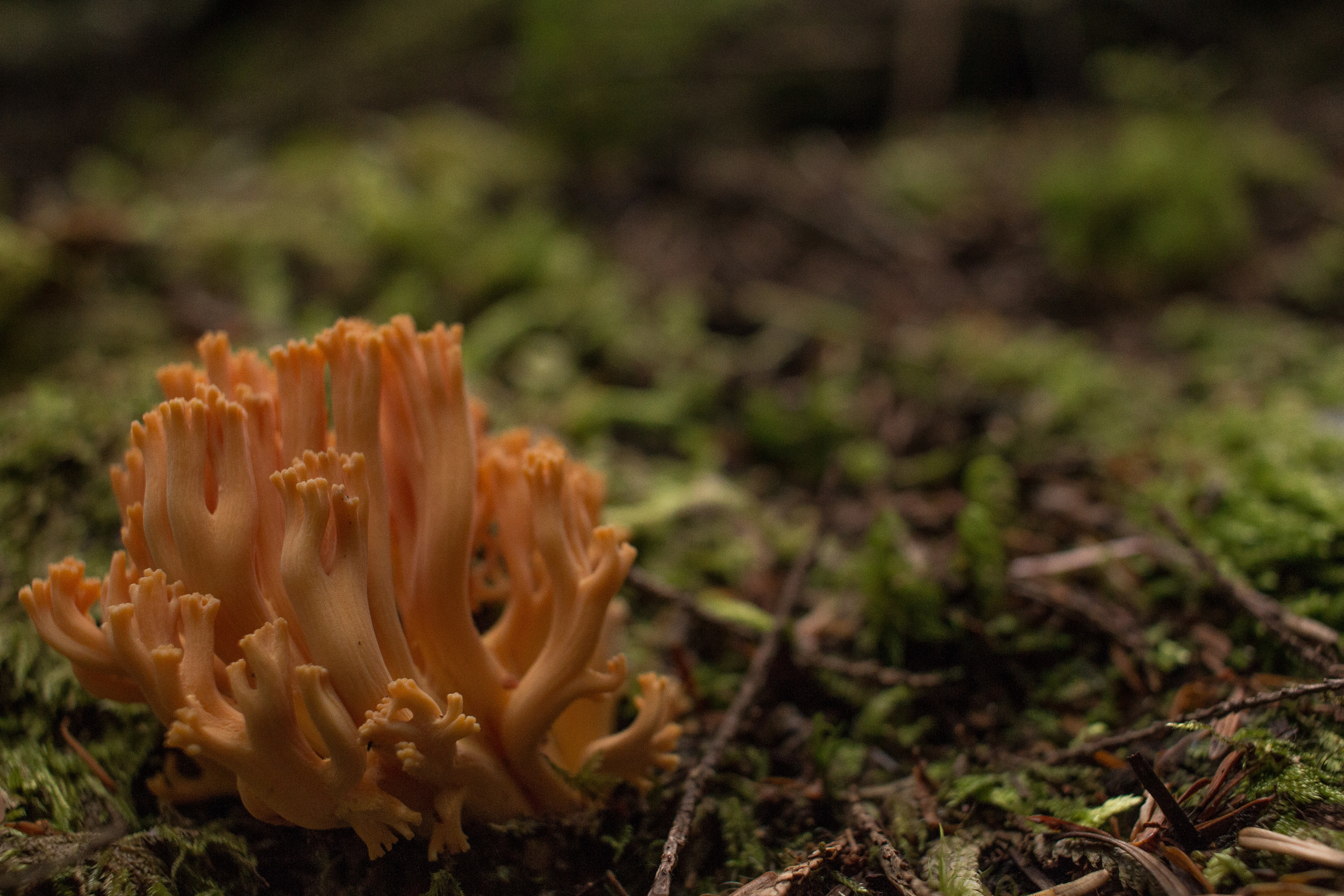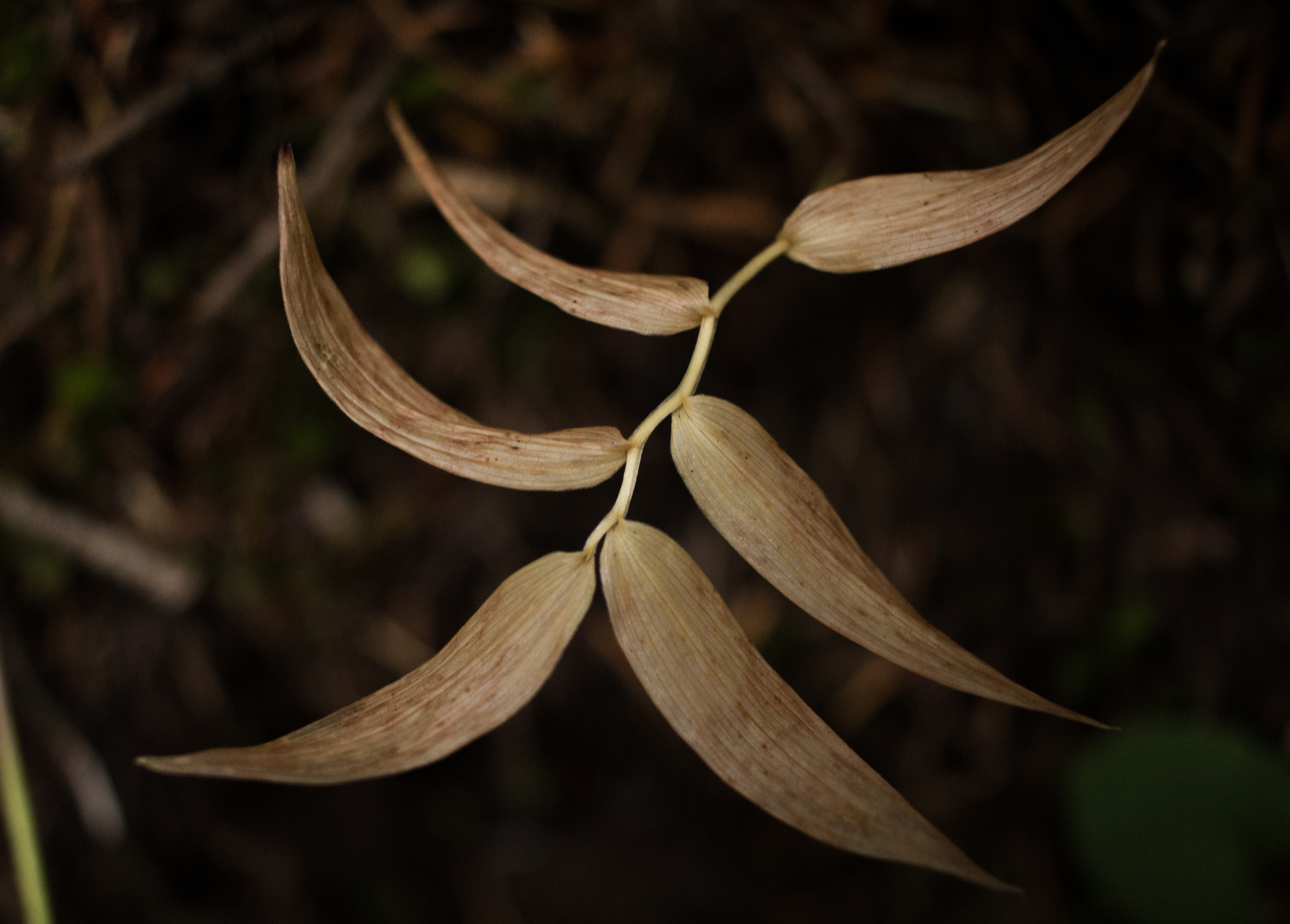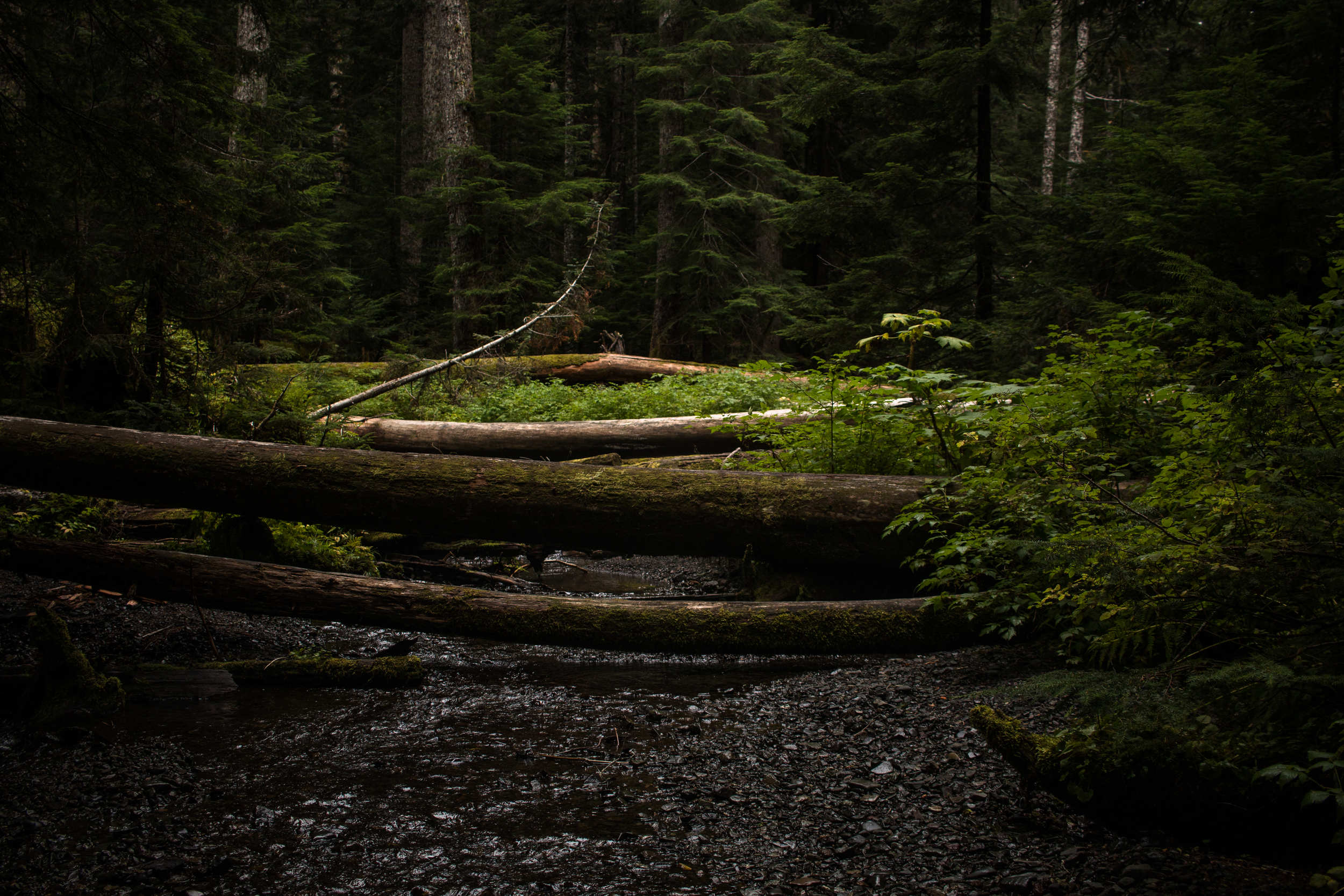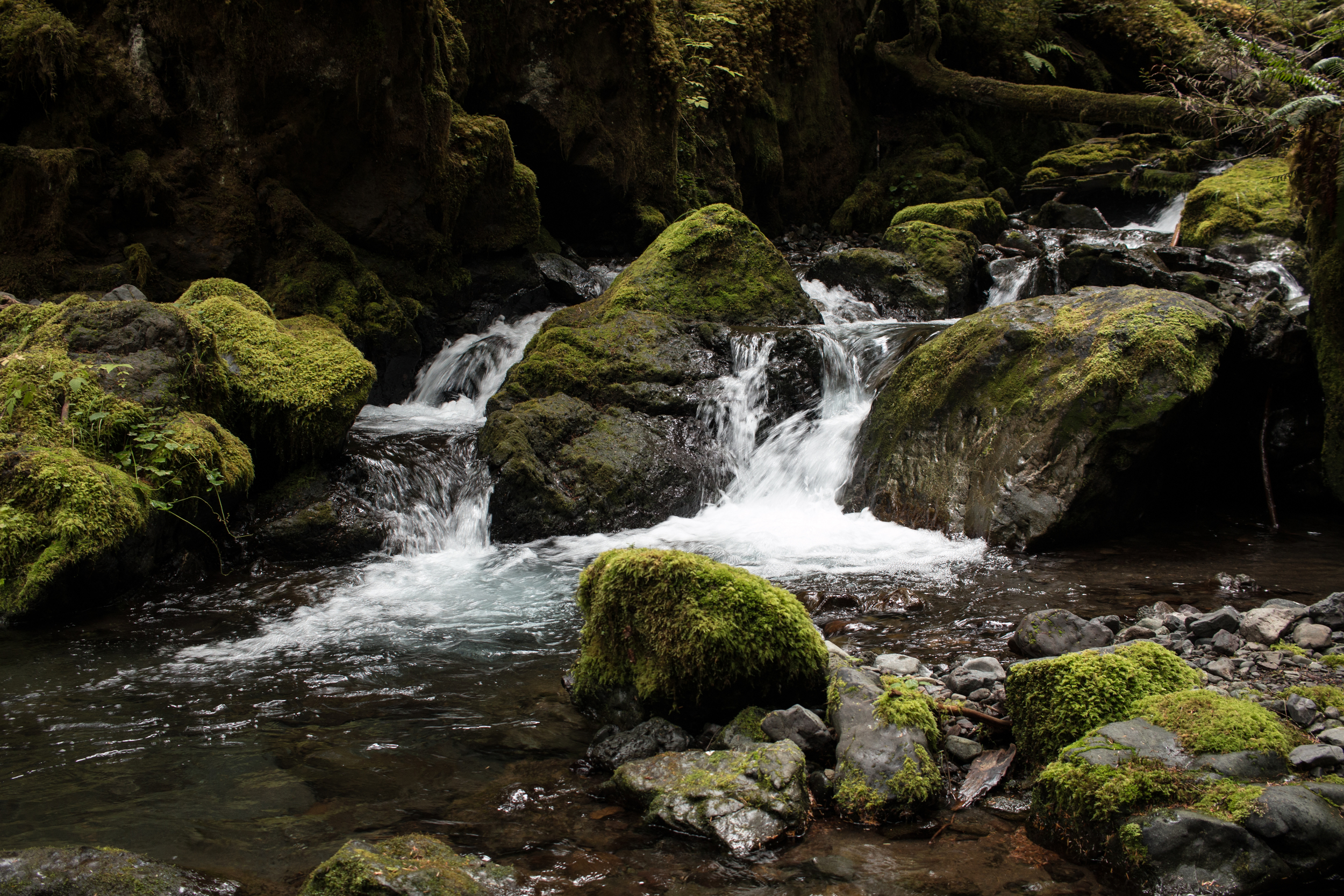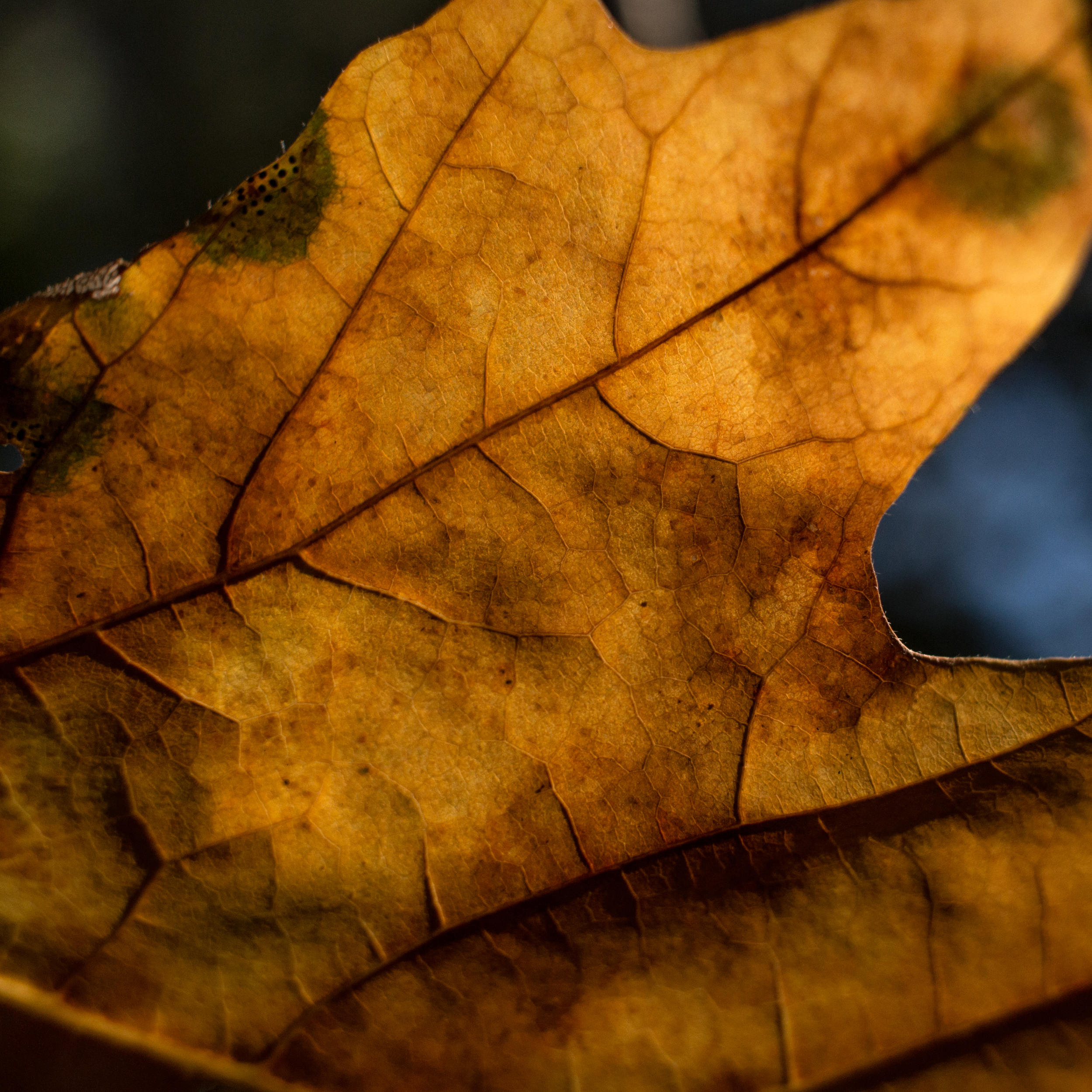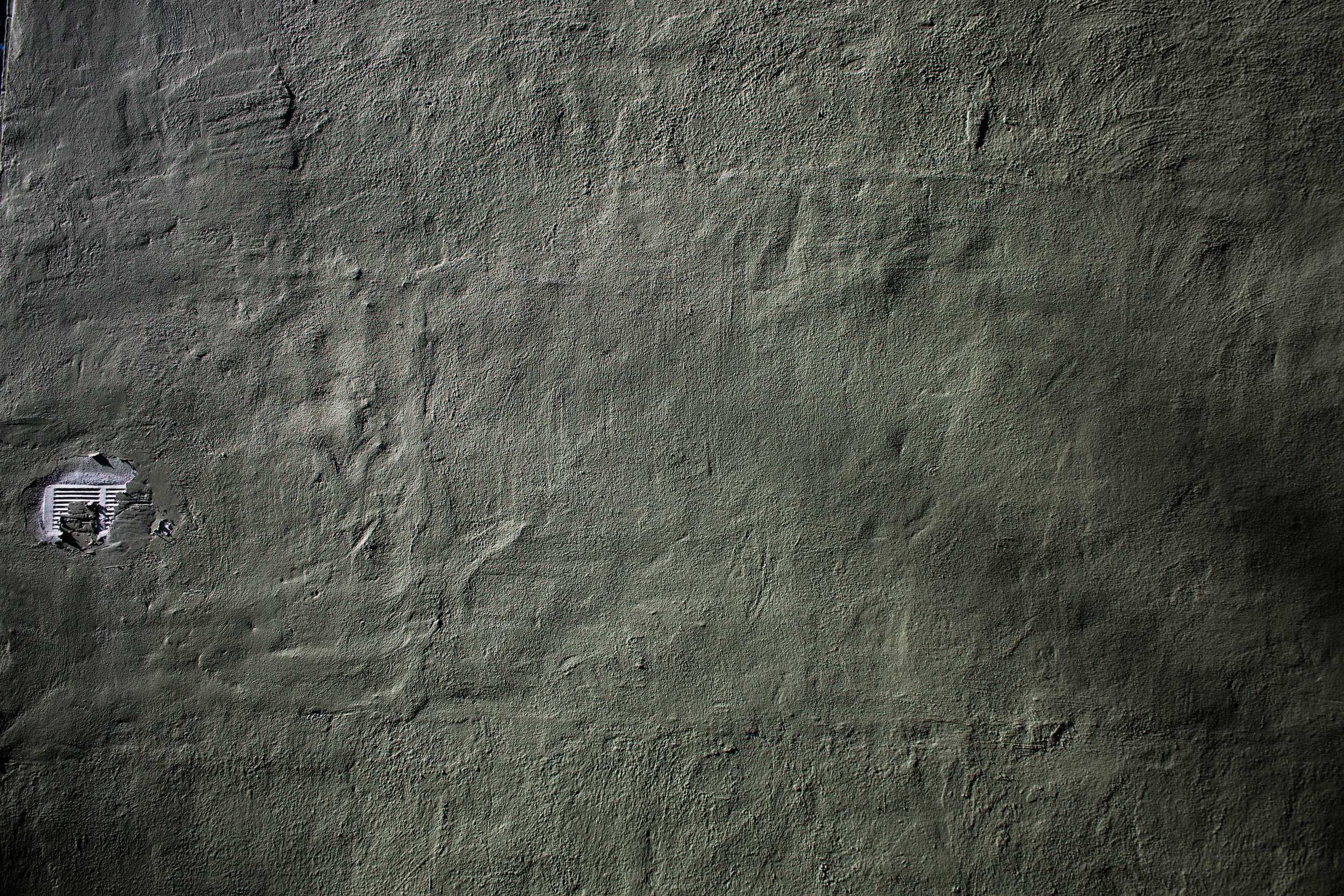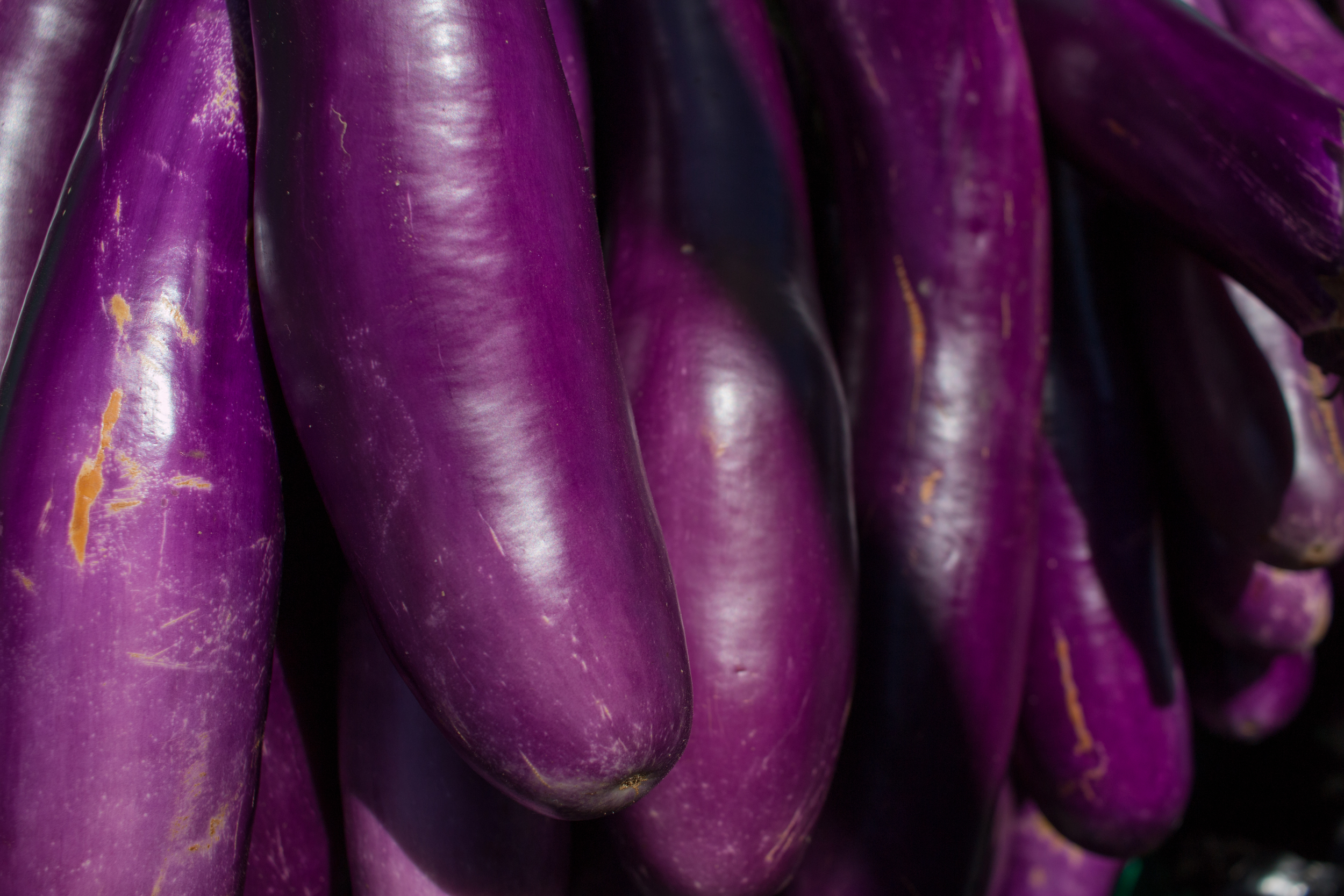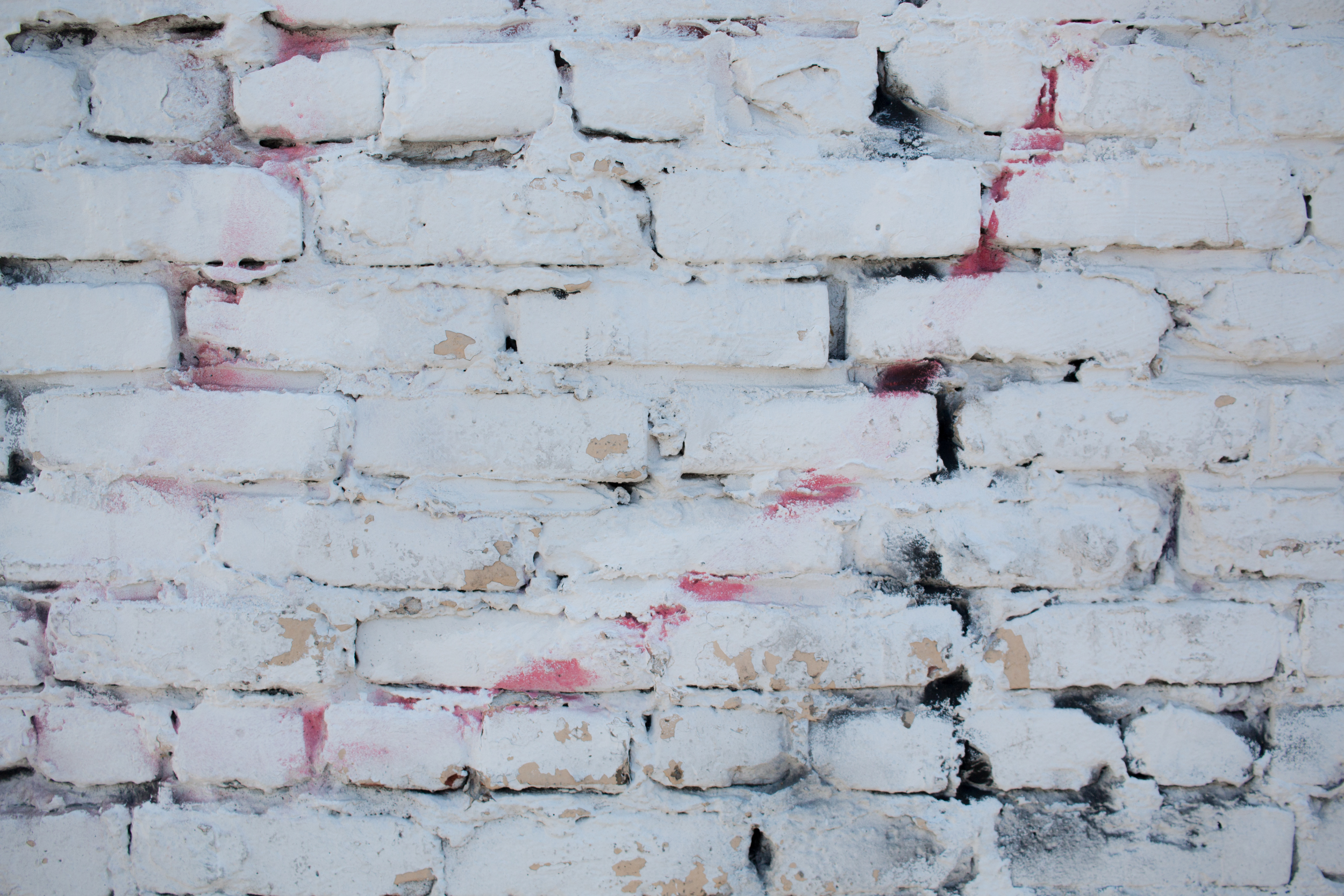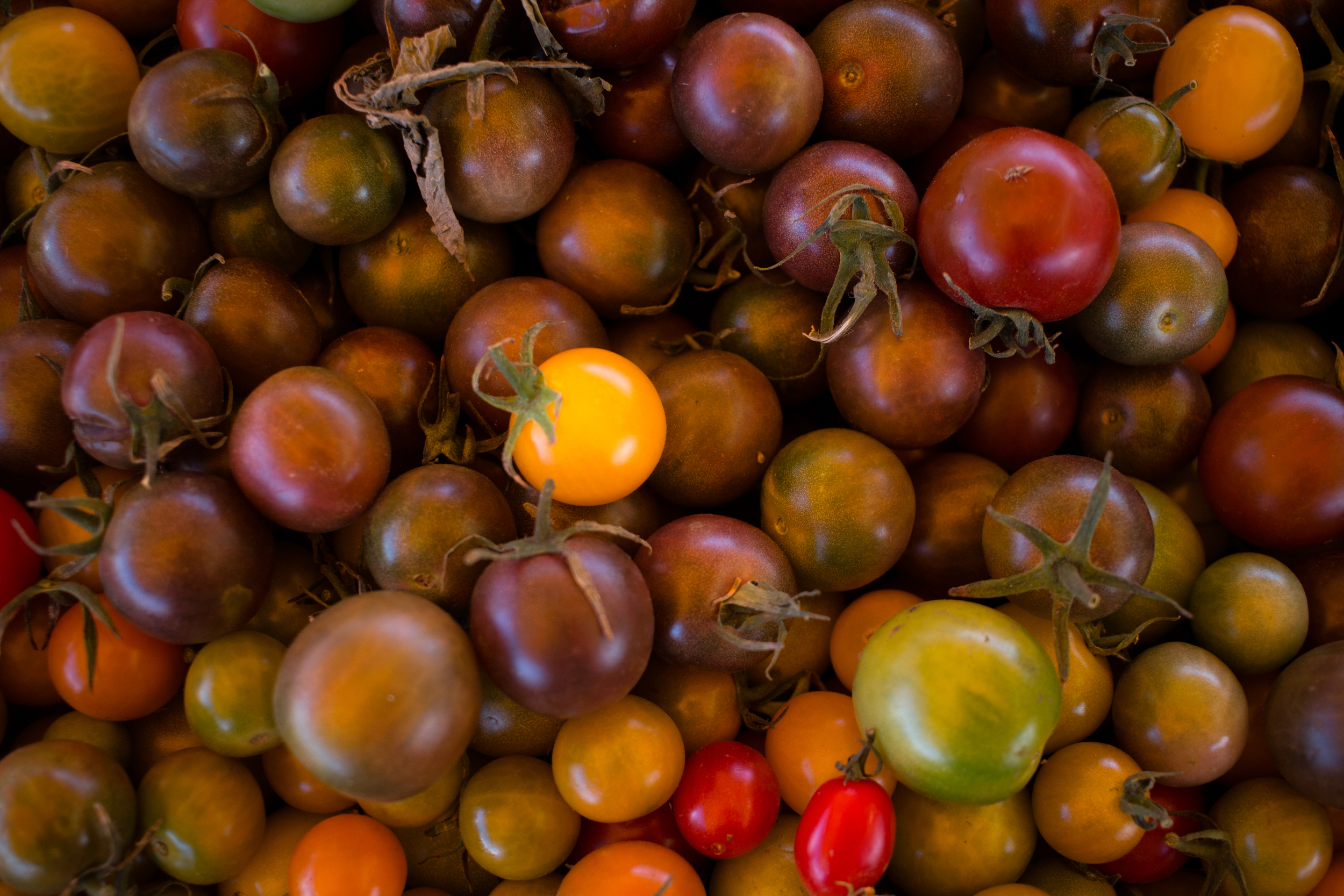As the tires tumble over the first orange and brown leafs on our steep, curved driveway, I look out and behind at my parents house. “We’re on the road to adventure” my mom used to say at the beginning of every childhood road trip or adventure. This is no different, although I’m not as sure where the adventure ends and home begins. This trip has been different from my other returns; full of time reflecting with friends, family. Full of time reinstating old memories into new feelings. This place that sat so clearly as my home is no longer, yet it is woven in me through my perceptions, my feelings, and ideas.
My pondering's during my time here have left me with a clear feeling: home is a fluid, not solid. Regardless if you are moving from continent to continent or living 20 miles from where you are born, your home isn’t constant. People move in and out of it, ideas and jobs and joys and pains come and go, leaving the door open for the next. What stabilizes a home is the rhythm of familiar feelings and worn door handles. The comforts of familiar are at times illusionary, but necessary. We know this, but choose to sustain a cycle that gives back to us a safe place, reliability. Stepping away from the daily patterns and the underlying assumptions about home and what starts to fall off are the material ornaments. It’s not the wood in the house that gives it strength in your mind but the thousands of footsteps you’ve left. You can’t see home, you can’t draw it or write about it, for it is subjective and in constant motion.
The fluidity of home provides opportunity. If we can open ourselves, hang up our feelings to dry in the air of others, we create space for home to run through. A liquid fills the space it is given, taking the easiest path. Thus homes are made by our own care, bit by bit. It’s not the big moments that keep a home in our minds, just as it’s not the waterfall that sustains a river. The drops of water that feed creeks and streams also feed the crackling autumn fireplaces and consoling arm after a teenage broken heart. A river dries without its tributaries. It may stay like this all summer, only to find a new current come winter. Maybe Washington is my dried creak, maybe not, but the canyon its cut remains.
Home is where learning takes place. Where we adventure out, to come back and see what stuck. A place of safety, where gravity rotates our lives slightly slower than the rest of the world, allowing contemplation at a more direct level. Like many things we hold dear – happiness, success, meaning – a home cannot be pursued directly. Buying a big boxed home in Suburbia, USA gives shelter, but that is its only guarantee. For a home is a byproduct, not a production. That is to say when I talk about home it’s not a specific location but a conglomerate of emotions; the full spectrum, no mercy or rosy colored glasses. Home is the launching ground to the big moment, it is the electrical current supplying light we rely so heavily on. The towering Douglas firs and heavy underbrush, the laid back style and attitudes, the fresh air, that’s home. The smell of bread coming out of the oven, runs along the Cam, long streets of brick houses, the other half of my orange, that’s home. Many things and voices and memories not yet created, that’s home. Home cannot be triangulated, but nourished, it cannot be bought, but brought with patience, it cannot be passive, but made from authentic attention, love.
